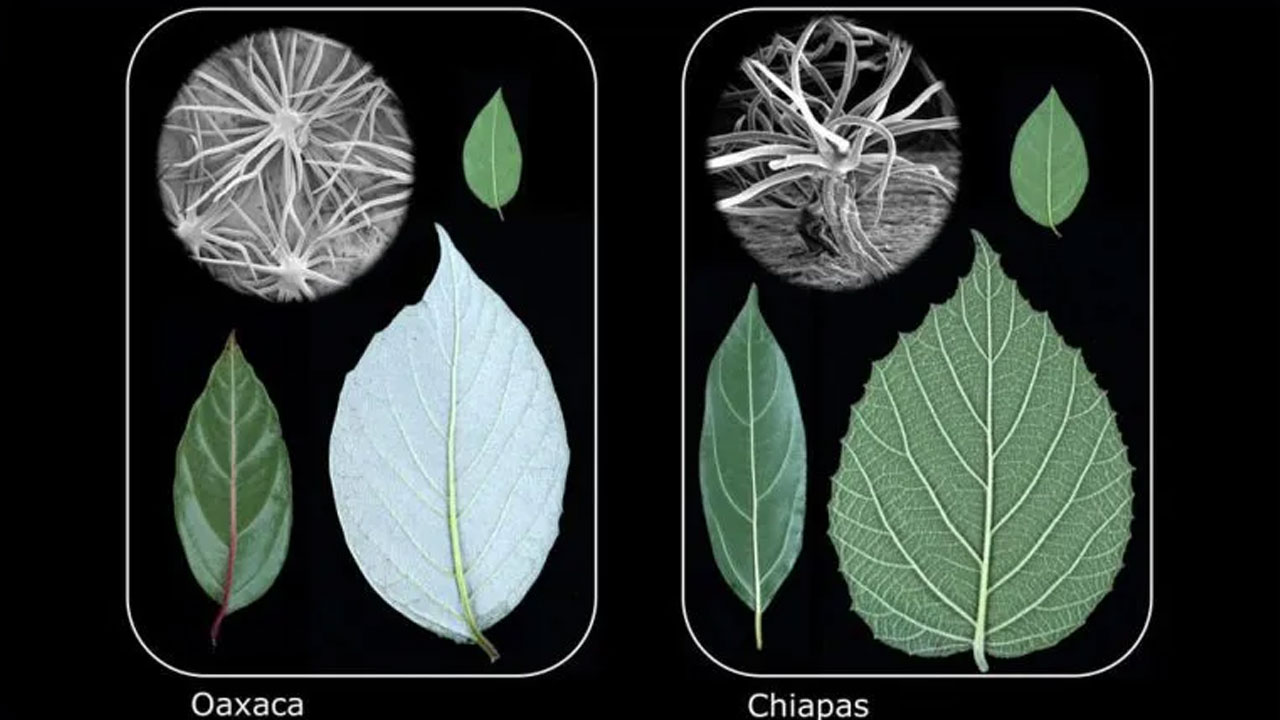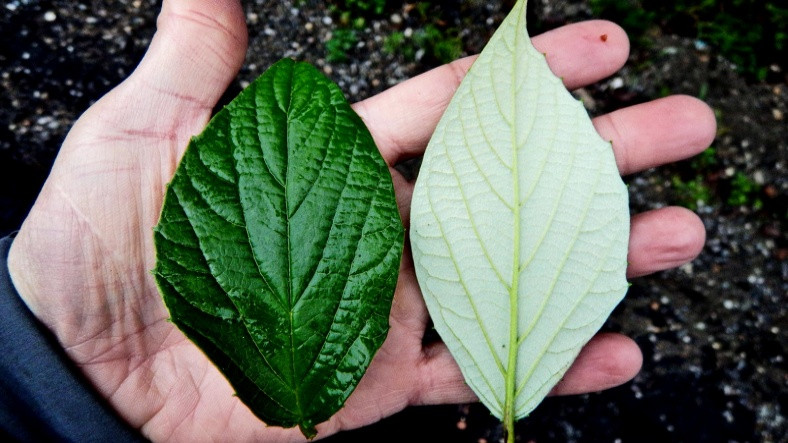Until now, the theory of evolution, which is widely accepted in the scientific world, has been referred to as ‘randomness’. The theory has long been held for various reasons, such as species migration or horizontal gene transfer between species. is formed by random mutations and environmental factors considered unpredictable and therefore largely unpredictable.
A new study by scientists from Yale University and Columbia University revealed that may not be the case. The scientists found that a specific plant lineage independently developed three similar leaf types in succession in mountainous regions scattered throughout the neotropical region.
The same types of leaves were seen in independent areas:

Scientists’ new discovery is that it is a member of the Vibarnum species of plants, mainly seen in North America. Oreinotinus provided with. Large and hairy leaves were seen on some specimens of the plant in question, while small, soft-surfaced leaves were seen on others. The scientific world predicted that both leaf forms of this separation in the leaves of the plant evolved early in the history of the plant species and then spread to different regions thanks to birds.
But scientists wanted to explore the possibility that these leaf shapes evolved independently in different regions, along with species distribution. He identified 11 mountain ranges, each with a unique, endemic species of Orenotinus. These areas were completely independent of each other. More than 40 Oreinotinus species in total The scientists who studied it found that only four of them were present in all 11 areas.
on the other hand in nine of the 11 fields form of at least two leaves, three out of four and one (Oaxaca, Mexico) saw exactly four different leaf shapes. With the developed simulations and models, the theory that these leaf types evolved before the plant species spread has been shelved. In front of randomnessalone could not explain the appearance of the same forms in nine regions in independent areas. That is, the leaves evolved independently in different regions in the same way.
‘amplified radiation‘, has also been observed in Anolis lizards in the Caribbean, cichlids in African Rift Lakes, and spiders in Hawaii. With the new discovery, this situation was first seen in plants.
What is amplified radiation?
Replicated radiation, sets of similar shapes develop in the same way over and over again in different regions describes the situation. To illustrate, let’s imagine that five different groups of SpongeBobs were suddenly sent to completely different parts of the ocean. These groups will never come together again. Millions of years after the separation, speciation will occur in the region where all five groups are located. But instead of developing random mutations due to different conditions accepted in evolution, these five groups will evolve completely depending on the original SpongeBob group.














